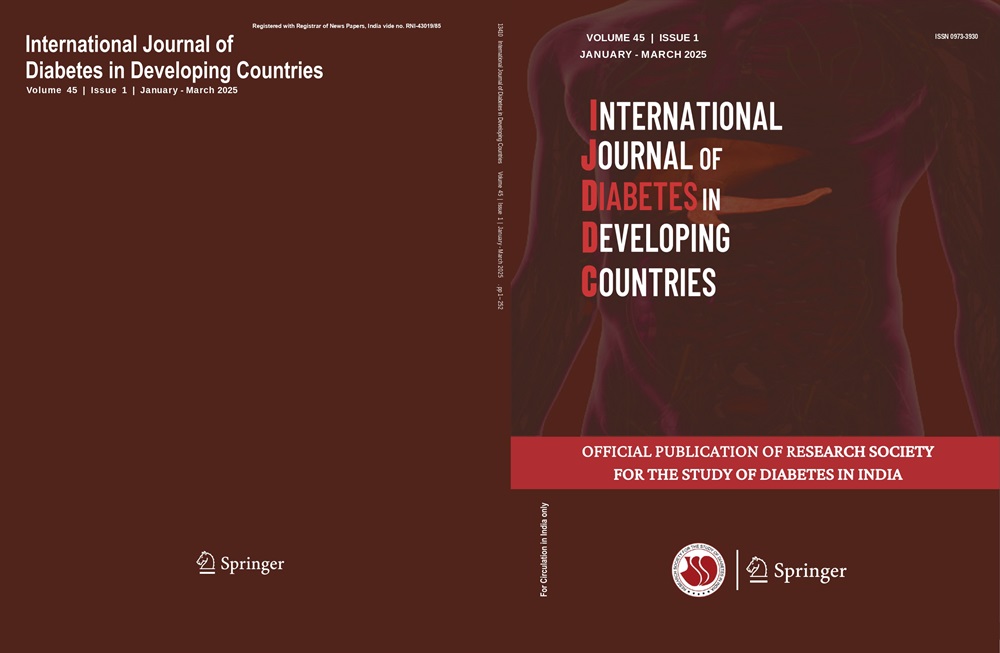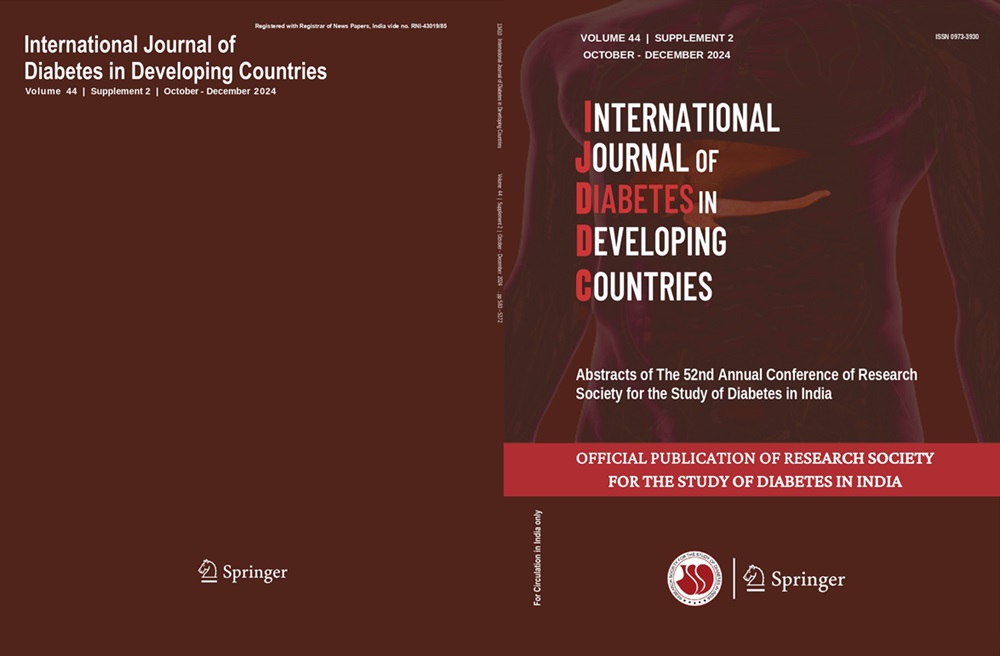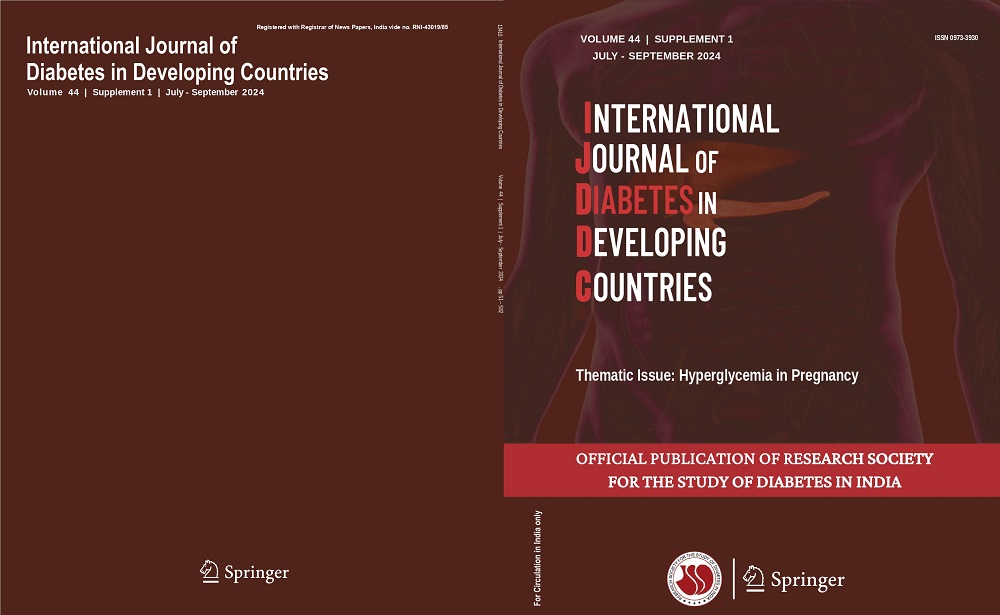Jiadian Huang, Dengke Liu, HaixiaZeng, Jianping Liu
Keywords
Triglyceride-glucose index • Diabetic kidney disease • Insulin resistance • Albumin to creatinine ratio • Estima ted glomerular filtration
Objective Pending connections exist between the TyG index and the risk assessment of diabetic kidney disease (DKD), which includes glomerular filtration rate and urine albumin to creatinine ratio. DKD progression risk and the TyG index were examined in this study.
Methods Following the Kidney Disease: Improving Global Outcomes guidelines, combined with ACR and eGFR, the risk of DKD progression was divided into three groups: low risk (group 1), moderately increased risk (group 2), and high to very high risk (group 3) (group 3, which combined the high and very high risk in the guidelines). Groups’ TyG index differences were compared. The association between the TyG index of patients and the risk of developing type 2 diabetic nephropathy was analyzed via linear and logistic regression.
Results The TyG index varied tremendously between risk groups (p < 0.001). In both sexes, multivariate analysis revealed that the TyG index was significantly associated with the moderately increased risk (male: β = 0.186, p < 0.001; female: β = 0.339, p < 0.001) and high to very high risk (male: β = 0.186, p < 0.001; female: β = 0.181, p = 0.009) of DKD progression. Logistic regression analysis showed a higher risk of increased TyG index in men compared to group 1.
Conclusions In patients with type 2 diabetes, the TyG index was associated with the risk of DKD progression, which increased by an elevated TyG index in male patients—supporting the clinical significance of the TyG index for assessing the risk of DKD progression.




